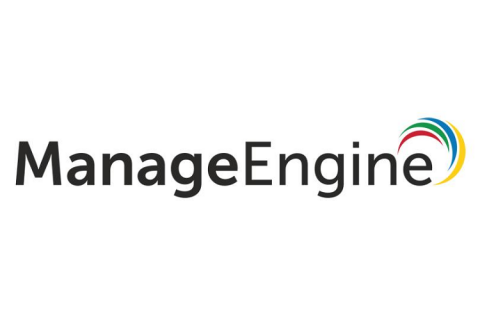SQL Server, Part 4: Understanding built-in SQL Server principals
In the previous blog in this series, we discussed the principle of least privilege, and the importance of assigning bare minimum privileges to users and systems at database or server levels. However, there are certain built-in principals in your database that possess all permissions in SQL Server. If an attacker managed to get hold of one of these principals, the database could be easily exploited and damaged.











